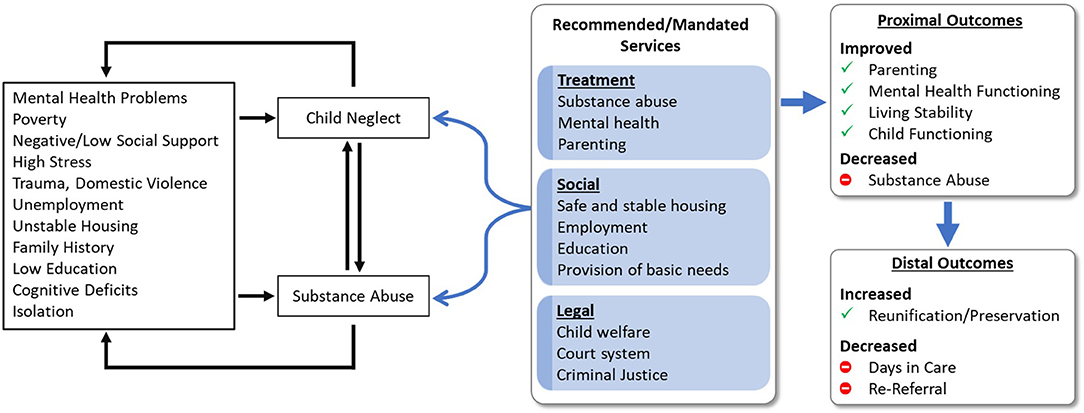Encouraging Diverse Settings of Care and Supporting Community Healthcare Providers
Introduction
Pharmacists serve as the first and most accessible healthcare providers in communities nationwide. Their role is vital in delivering timely and reliable care, particularly to underrepresented, underserved, and rural populations. The COVID-19 pandemic underscored the essential contributions of pharmacists in maintaining healthcare services during times of crisis.
Providing Patient Access to Pharmacy Services
Currently, pharmacists operate under a complex framework of federal and state policies established during the pandemic. However, existing federal barriers restrict pharmacists’ ability to meet patients where they are and limit patient access to community-based healthcare. These limitations are especially critical during the ongoing pandemic, which has placed significant strain on the healthcare system.
To align with the Sustainable Development Goals (SDGs), particularly SDG 3 (Good Health and Well-being), it is imperative that Congress acts swiftly to remove these legal constraints. Ensuring continuous patient access to essential pharmacy care supports healthier communities and promotes equitable healthcare access.
Organizations such as McKesson and Health Mart actively participate in the Future of Pharmacy Care Coalition, advocating for federal policies that recognize and enhance the role of pharmacists in delivering essential services to America’s senior population, thereby advancing SDG 10 (Reduced Inequalities).
Limiting Arbitrary Pharmacy Direct and Indirect Remuneration (DIR) Fees
Pharmacy Direct and Indirect Remuneration (DIR) fees have increasingly posed challenges to pharmacists by:
- Lacking transparency and predictability
- Threatening the financial sustainability of pharmacies
- Increasing costs to the Medicare program
- Raising out-of-pocket expenses for beneficiaries at the point of sale
These issues undermine the ability of pharmacies to provide accessible and affordable care, conflicting with SDG 3 and SDG 1 (No Poverty) by potentially increasing healthcare costs for vulnerable populations.
McKesson supports regulatory and legislative reforms aimed at limiting these adverse practices to protect patients, pharmacists, and the federal government.
Advancing Community-Based Healthcare and Patient Safety
- McKesson advocates for community-based pharmacy practices to foster research, technology, and patient safety improvements.
- The focus remains on ensuring patients receive the highest quality care close to home, supporting SDG 11 (Sustainable Cities and Communities) by strengthening local healthcare infrastructure.
- Additional resources and information are available through Specialty Practice Solutions, which highlights public policy priorities impacting specialty providers.
1. Sustainable Development Goals (SDGs) Addressed or Connected
- SDG 3: Good Health and Well-being
- The article focuses on healthcare access, the role of pharmacists, and improving patient care, which directly relates to ensuring healthy lives and promoting well-being for all ages.
- SDG 10: Reduced Inequalities
- The emphasis on serving underrepresented, underserved populations, and rural communities connects to reducing inequalities within and among countries.
- SDG 9: Industry, Innovation, and Infrastructure
- Advocacy for advancement in research, technology, and patient safety aligns with building resilient infrastructure and fostering innovation in healthcare.
2. Specific Targets Under Those SDGs
- SDG 3: Good Health and Well-being
- Target 3.8: Achieve universal health coverage, including access to quality essential healthcare services and access to safe, effective, quality, and affordable essential medicines and vaccines for all.
- Target 3.c: Substantially increase health financing and recruitment, development, training, and retention of the health workforce in developing countries, especially in underserved areas.
- SDG 10: Reduced Inequalities
- Target 10.2: Empower and promote the social, economic, and political inclusion of all, irrespective of age, sex, disability, race, ethnicity, origin, religion, or economic or other status.
- SDG 9: Industry, Innovation, and Infrastructure
- Target 9.5: Enhance scientific research, upgrade the technological capabilities of industrial sectors, including healthcare, to improve patient safety and care delivery.
3. Indicators Mentioned or Implied to Measure Progress
- Access to Healthcare Services
- Implied indicator: Proportion of population with access to essential healthcare services, including pharmacy services, especially in underserved and rural areas.
- Financial Barriers and Costs
- Implied indicator: Out-of-pocket expenditure as a proportion of total health expenditure, particularly related to pharmacy services and Medicare beneficiary costs.
- Healthcare Workforce Capacity
- Implied indicator: Number of pharmacists per 10,000 population, reflecting availability and accessibility of pharmacists as healthcare providers.
- Innovation and Patient Safety
- Implied indicator: Adoption rate of advanced research, technology, and safety protocols in community-based pharmacy practices.
4. Table: SDGs, Targets and Indicators
| SDGs | Targets | Indicators |
|---|---|---|
| SDG 3: Good Health and Well-being |
|
|
| SDG 10: Reduced Inequalities |
|
|
| SDG 9: Industry, Innovation, and Infrastructure |
|
|
Source: mckesson.com







